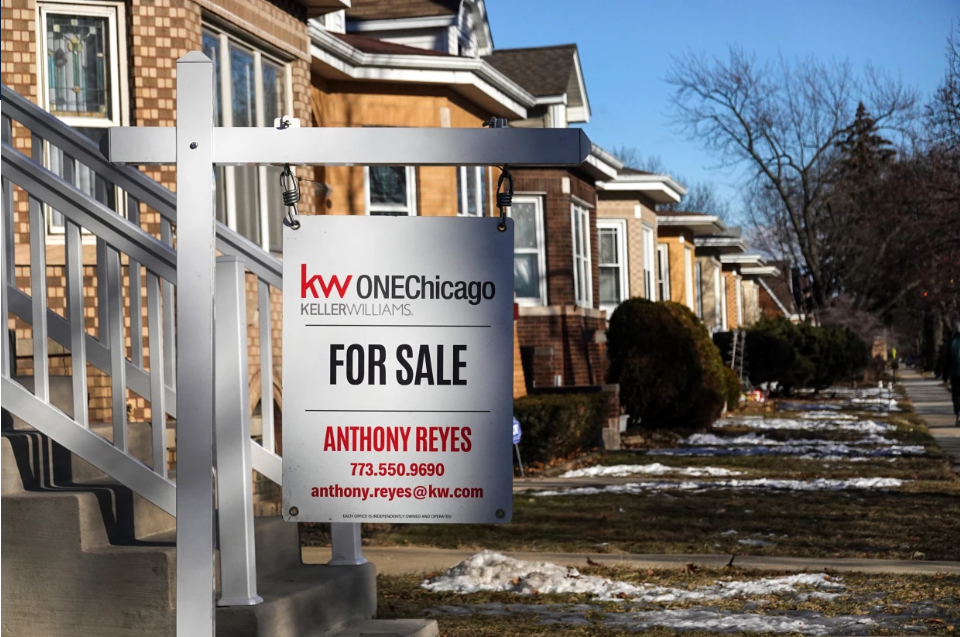With input from the Hill, the New York Times, Reuters, and USA Today.
If your employer plan feels pricier this year, it’s not your imagination. KFF’s annual survey says the average cost of employer-sponsored family coverage climbed 6% in 2025 to $26,993, the third straight jump and more than double the pace of inflation. Workers are kicking in $6,850 on average — nearly $600 a month — while employers cover the rest. With nearly 154 million Americans under 65 relying on job-based insurance, these increases hit a lot of households.
What’s driving the spike is old-fashioned medical inflation with some very modern accelerants. Employers point squarely at prescription drugs — especially wildly popular GLP-1 weight-loss meds like Wegovy and Zepbound — along with the rising toll of chronic disease, heavier use of services, and higher hospital prices. Among big companies with more than 5,000 workers, 43% now cover GLP-1s for weight loss, up from 28% last year, and many say costs blew past expectations. In firms with over 200 employees, more than a third say drug prices contributed “a great deal” to premium hikes.
Premiums are only half the story. Deductibles keep creeping up, too. The average single deductible is now about $1,886, up from $1,773 in 2024. Workers at small firms are getting hit hardest — deductibles there run nearly $1,000 higher than at larger employers, and more than half of covered workers at small companies face at least $2,000 before coverage really kicks in; over a third face $3,000 or more.
KFF’s Drew Altman calls it a “quiet alarm bell,” warning that with GLP-1s, higher hospital prices, tariffs, and other pressures, employer premiums could jump even faster next year. And because companies don’t have many ways to tame those costs, the fallback is familiar: shift more to workers through higher deductibles and cost-sharing, a move nobody likes but many CFOs reach for when premiums surge.
Small employers are under particular strain. Fewer are offering coverage at all, and a growing share are experimenting with level-funded plans that can shave costs for healthier groups but risk pushing sicker, pricier members into the traditional market. For workers, the result can be wildly different benefits depending on who signs the paychecks — one more reason the average family plan edging toward $27,000 feels less like a budget line and more like buying a modest car every year.









The latest news in your social feeds
Subscribe to our social media platforms to stay tuned